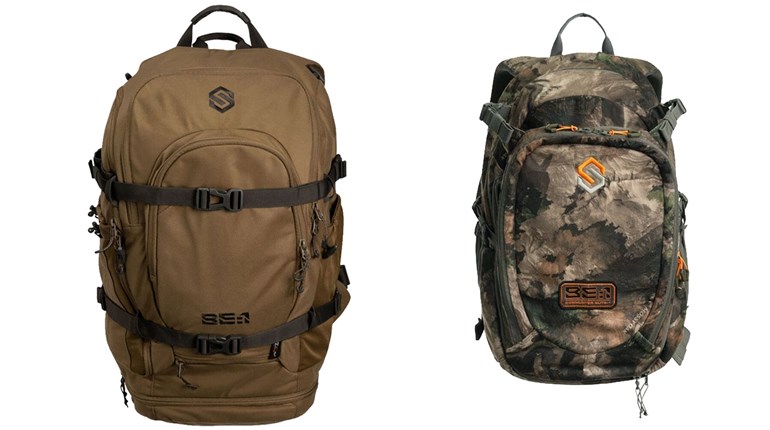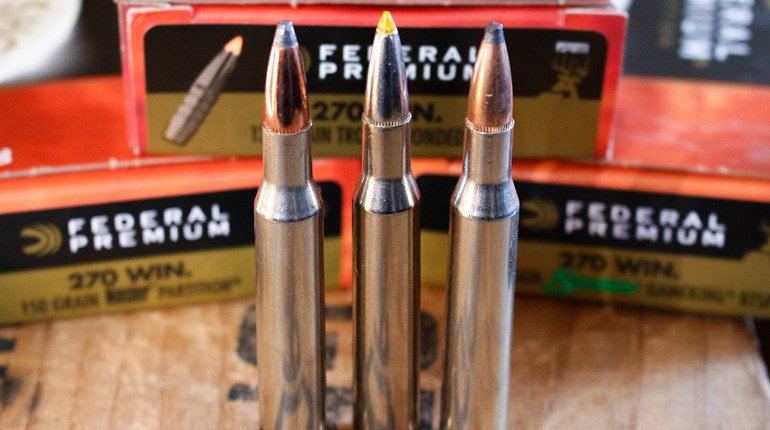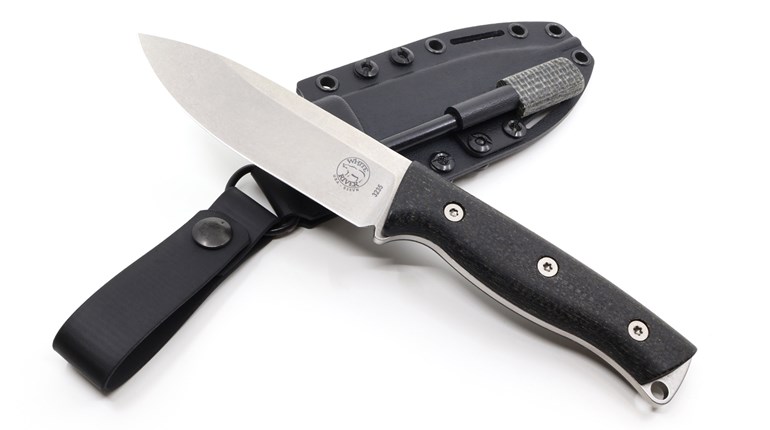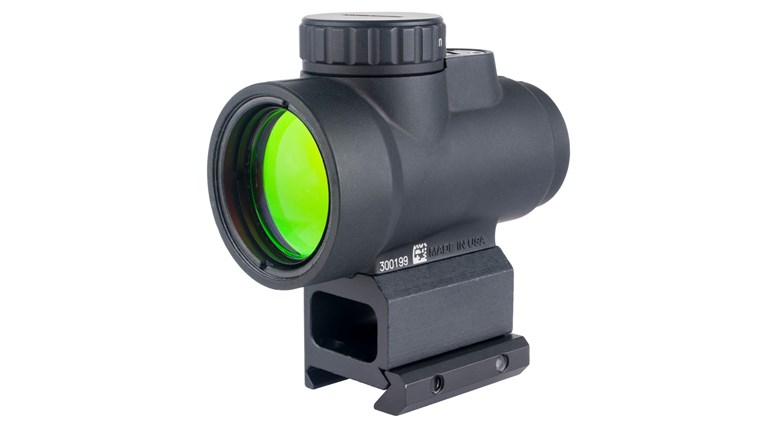
Learning the art of self-defense, one discovers there are many facets, subjects and nuances. It’s not just as simple as learning to shoot, carrying all the time or having the coolest gadgets. It’s really about preparation and planning for the worst and hoping for the best. Over the years, I’ve condensed the practice of everyday carry to corresponding essential skills to be trained. This approach allows the concealed carrier to concentrate on a range of skills most likely essential for defensive-gun use, considering the worst-case scenario an armed citizen might face. Remember, we are training for an unknown, unknowable event. One of these essential skills that is high on the list is fighting with one hand. Note that “fighting” isn’t limited to shooting.
The first thing one needs to consider is what are some conditions where fighting with one hand may be necessary? Of course, the first thought can all too often be the result of injury. I’m not disputing this rationale, but I do question the frequency with which it can happen to the armed citizen. A far more likely scenario is for one (or both) hand(s) to be occupied with another task. Some of these tasks are important, such as carrying an infant or shielding a child. Others are not so much, such as talking on the phone or drinking a cup of coffee. There is this idea that, should you have your weak hand occupied, say with a phone, you immediately drop the phone to allow for a two-handed master grip. This is not an incorrect suggestion, but I also believe it is not likely the training value will translate to the real world. Not to mention, what if it is not a phone, but something more valuable? There is little chance a parent will displace a child during an immediate defense-of-life scenario.
There has to be an acknowledgement that one hand will be occupied and therefore not available for fighting, which translates to several complications we want to discuss. The first, and probably most overlooked—but absolutely essential—is access to the concealed firearm. If carrying a child, what is the procedure for clearing the cover garment if all that has been practiced is a two-handed technique? A couple of practice repetitions using one hand is insufficient to be reliable under stress. There has to be a significant amount of practice, if not a priority, in learning to draw from concealment using only one hand. I’ve seen this firsthand, holding my son in my arms when I had to draw my carry pistol in an alley early in the morning a long time ago. That event left an indelible mark, one that I carry to this day and made a central tenet in our Defensive-Carry and Concealed-Carry programs.

One thing learned in our advanced classes is the importance of draw efficiency. The drawstroke needs to be smooth—and preferably cleared with one hand based on the earlier discussion. While drawing with the strong hand only seems obvious, it may be necessary to draw with weak hand only. In this case, having a safe and effective method for drawing is important. There are lots of different options available, and I remind students they may not be able to shoot strong hand, but may need to draw and transfer to the weak hand. It’s not brought up often, because it’s considered sub-optimal, but it very well could be the safest and smoothest. The other consideration is to practice drawing one handed, not only standing but from different positions such as seated, kneeling and even supine. Each of these positions will present a unique challenge that needs to be addressed prior to a deadly force encounter.
A lot of discussions center around having enough gun for a defensive-gun use. The subject usually considers having sufficient ammunition in an effective caliber to stop not just one violent criminal actor (VCA), but multiple VCAs. It is impossible to predict how many attackers or how many rounds are required to stop an attacker or each of the attackers. Magazine capacity is often a major point of discussion, since the vast majority of concealed carriers opt for 9 mm. Recently, magazine design has evolved to allow for increased capacity, adding two to three extra rounds per magazine. Also, after-market magazines and spring kits can often increase capacity to give the end user a decent number of rounds to manage an unknown, unknowable event. With all this ammunition present in the gun, is there still justification for carrying a spare magazine? Maybe. There’s really not a wrong answer, unless concealing the spare magazine is done poorly. This also implies the need to reload with only one hand, which we discuss next.
A major reason to consider having enough gun is having enough ammunition to avoid having to perform a reload. Should the gun run dry and the fight is still on, it will require a magazine reload. If the defender is only afforded one hand to fight for whatever reason, it will make the reload quite challenging. While I encourage all concealed carriers to have a plan for shooting one-handed, I also encourage them to have a solution for reloading or clearing a malfunction with only one hand. Clearing malfunctions one-handed is challenging, but there are some simple techniques that can clear most stoppages using fixed surfaces either on the body, such as the belt, or nearby, such as a table. The reload is a whole other story; whether returning to the holster to reload or securing the gun under an extremity, it takes consideration and quite a bit of practice.
It goes without saying that shooting one-handed affects accuracy and speed; what that effect might be is dependent upon how much training and practice is invested. As soon as there is some stress, such as a timed drill or competition, it is easy to see the negative effects. It should be common practice to gain exposure to various training modifiers that add stress for standard shooting, especially for shooting one-handed. The accuracy component is the easier of the two to solve. I find that accuracy is still there even with only one hand—but I might have to take more time to facilitate the shot. I have shot one-handed out to 100 yards for fun, and while it can be done to this distance (and farther), it cost me in time. The real key is embracing the first, best sight picture; it doesn’t have to be a perfect sight picture, such as that which is more easily obtained with both hands. It just has to be good enough, and—with more practice— “good enough” becomes more easily understood.

The real challenge comes in the form of time management, specifically in acknowledging that one is going to be slower with only one hand. The extent may be hard to gauge and will vary from person to person, and with the choice of pistol used. Full-size or duty handguns are far more forgiving than the micro-compact guns, where the increased felt recoil means the sights travel farther off the target in between shots fired. The farther the sights move off the point-of-aim translates to more time needed for the next shot—it really is that simple. Better recoil control will equate to faster split times, but this goes for shooting with both hands as well. The best advice is to improve the crush grip with the strong hand. To do this, squeeze the pinky finger—like squeeze it really hard. So many students have difficulty employing their pinky fingers, because we rely so much on our index and middle fingers for all sorts of activities.
I also believe improving the shooting stance is only a half measure. It is fairly important, but the moment we are no longer standing, its relevancy is no longer applicable. Instead, work on strengthening your grip and applying an improved crush grip. Not only will this benefit you in one-handed shooting situations, but also when shooting with both hands.
When responding with only one hand, it is imperative for concealed carriers to focus on efficient drawing, firearm manipulation and recoil control. One-handed drawing from concealment should become the default draw method through consistent training. Achieving a smooth and secure draw is essential, particularly when using the weak hand, which necessitates practice from various positions. Reloading and clearing malfunctions are more challenging single-handedly; therefore, practicing techniques assisted by the belt, holster or nearby flat surface is crucial. It is advisable to test different solutions to various problems, prioritizing simplicity. Shooting one-handed impacts accuracy and stability, thus making grip strength and wrist control critical. Use a crush grip, especially with the pinky finger, and aim for a good enough sight picture. Practicing one-handed drills with both hands consistently will enhance overall readiness and build confidence. By integrating these skills into routine training, concealed carriers can be better prepared for real-world situations where using both hands is out of the equation.





































